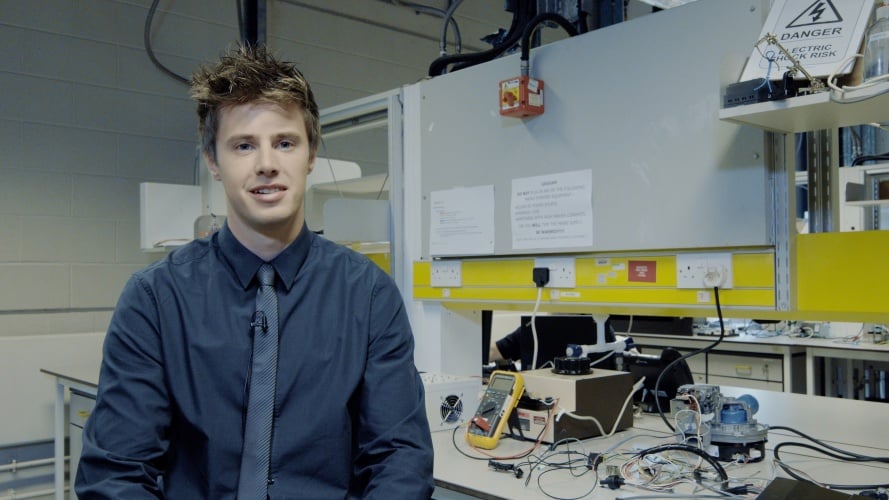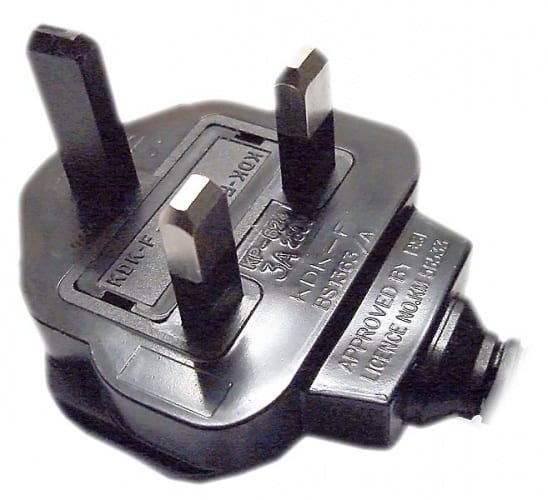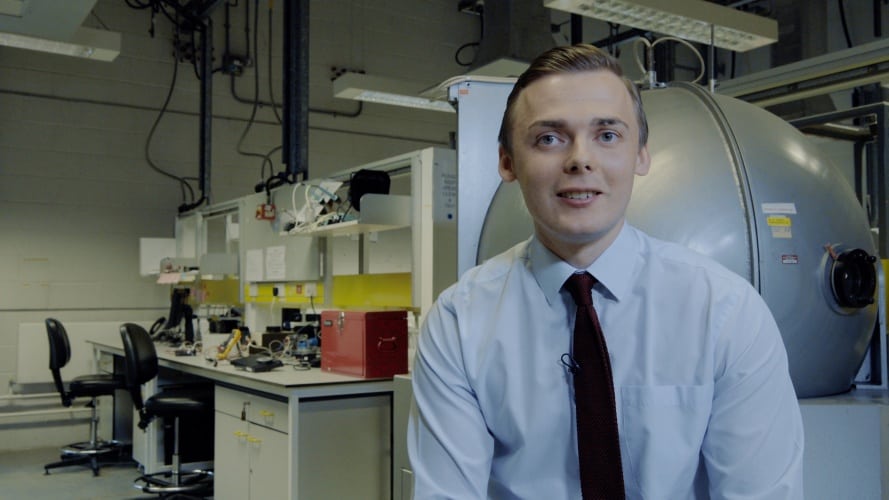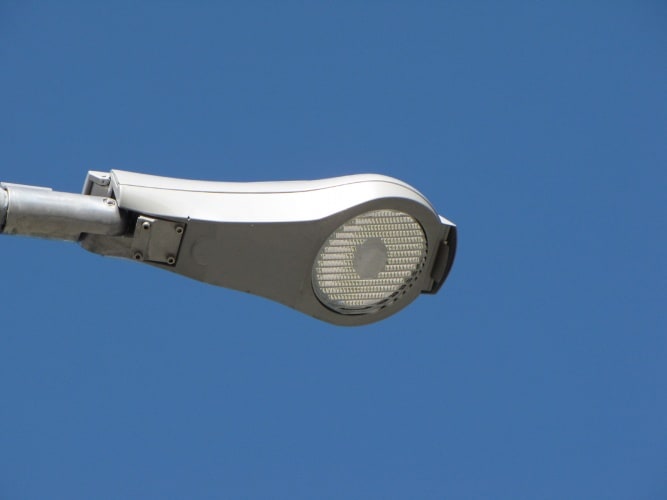The Institution operates across virtually every sector, including aerospace, automotive, construction, food, healthcare and IT. The Student Engineer caught up with two recent grads now working as test engineers at the BSI to find out what life is like there.

What and where did you study at university?
Sam Densham, test engineer, Electrical and Gas: I studied Sports Technology at Loughborough University.
Jamie Richardson, Test Engineer, Electrical & Lighting: I studied Electronic Engineering at Sheffield Hallam University. It was a four-year course and the third year involved me undertaking a ‘year in industry’ for an aerospace repair, maintenance and overhaul company in Birmingham, where I tested electronic engine controllers for aeroplanes.
How did you come to work at the BSI, and what did you know about the Institution before joining?
JR: After successfully completing my degree, I was actively seeking employment. I was searching for relevant graduate roles and after seeing a job advertisement looking for test engineers, I directly applied for the role. It was within a week I was contacted by BSI inviting me along for an interview later that month.
My prior knowledge of BSI was of our famous Kitemark often found on windows, locks and plug sockets.

SD: I saw the job advertised on a graduate job website, was invited to an assessment day and got the job!
I have previous testing experience working to British Standards. My degree at university was two thirds engineering, so standards came up a lot.
What was the interview process like?
SD: There were around 15 people invited to the assessment day. We had to do a group task, a practical task and a literature task. After the day, I was one of four people that got a job.

JR: I enjoyed the interview process, mainly because it was well organised and the structure of the day kept in interesting. It was a group interview, which involved three different activities. A small exam, a group activity and a personal interview, carried out by HR and the head of department. There was up to 20 people who had also applied for a role in either electrical and gas. After the interview, later that day I received a phone call from BSI offering me a role. Four other people also were offered a job.
What really impressed me that day was the type of people already at BSI who took time out of their day jobs to assess the candidates, such as directors, global heads, technical experts and lab managers.
Can you talk us through a typical day at the BSI, if there is such a thing?
JR: A typical day at BSI involves a great deal of time management, ensuring you are constantly on top of the on-going projects. So that involves getting the products I test through the clauses which are required from the standards BSI test to. However a lot of my time is dedicated to regularly keeping my clients up to date with the progress of their products and if any products encounter a non-conformity making sure they have the correct information to understand what is required from the standard.
SD: Every day is different. However, generally each day involves talking to your clients, be that responding to emails or calling them. Also, self-organisation is a big part of each day. I plan what I need to achieve each day. Then of course, testing. Every day I’ll be doing some form of testing on a variety of products. I work in the electrical lab and generally test emergency lighting.

What are some of the engineering challenges you encounter in work?
JR: The standards we test can cover a wide range of applications for a particular type of appliance. For example, I predominately work on lighting products. However this can range from emergency lighting to street lighting and again from fluorescent to LED lamps. When a new technology comes along or a non-common lighting product comes in for us to test, new parts of the standard become applicable which may not be familiar. So essentially we have to understand and interpret what exactly the standard wants to be applied to a product and what is required in terms of compliance.
SD: I suppose this could be wiring up a set of luminaires for an endurance test or setting up luminaires for a thermal test. This involves quite a lot of intricate applications of thermocouples, which on small products are tricky to get right.
What’s the most unusual thing you’ve tested at the BSI?
SD: We had an extremely powerful floodlight recently. This was out of the ordinary for us, as it was so powerful it would damage your skin and eyes if you were within 5m of it. We had to take special precautions when testing to make sure we didn’t injure ourselves or others.
JR: A really innovative emergency lighting system, a Finnish design which makes use of a low voltage for LED spotlights.
Thanks Sam and Jamie!




Swiss geoengineering start-up targets methane removal
No mention whatsoever about the effect of increased methane levels/iron chloride in the ocean on the pH and chemical properties of the ocean - are we...